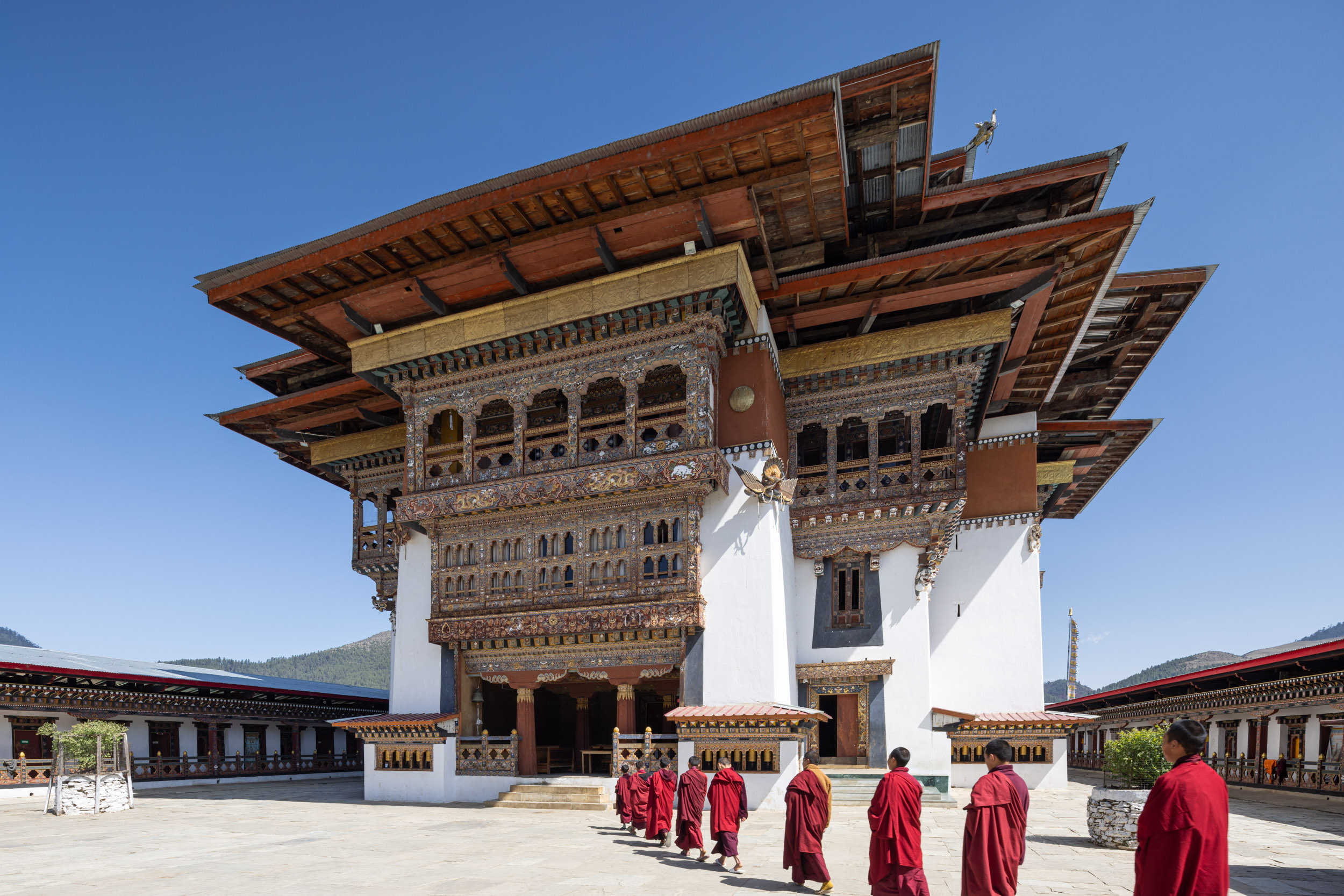
Welcome to the August 2024 newsletter.
As always, life and travel seem to get in the way of me sending out a newsletter. Since the last one in March, I’ve been mostly in Asia in the form of India, Vietnam, Bhutan and Nepal.
Before any newsletter goes out, now I have to ensure that all images have been edited, captioned, then registered with the US Copyright Office so that if, by chance, someone takes the image for commercial use without asking me, then they’ll have a lawyer knocking on their door.
This may seem heavy-handed handed but if I said to you that just yesterday I saw nearly a hundred people on LinkedIn using a photo of mine, which they haven’t paid for, then you’ll understand the problem that I have as a full-time professional travel photographer.
So, despite these shenanigans, let’s get up to speed with trip reports in date order as well as future photography workshop and tour dates for those of you who are interested.
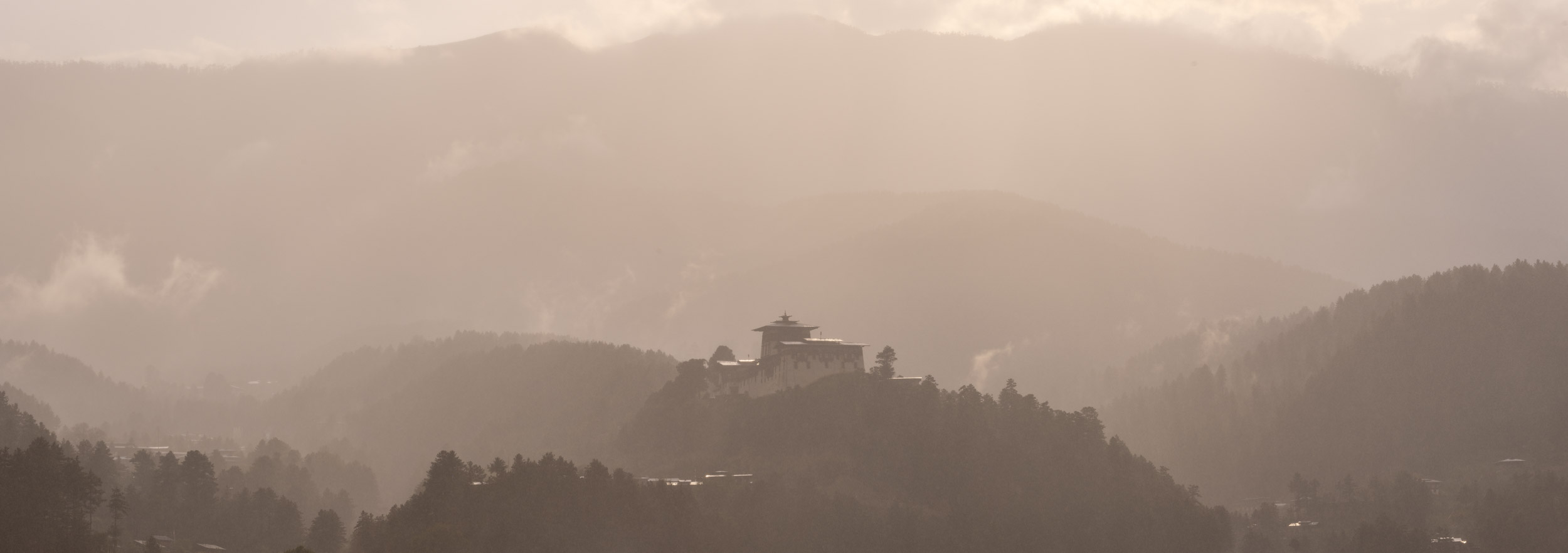
Five years ago, I met a ground agent and started opening up discussions about going to Bhutan. The discussion revolved me going over to Bhutan and doing some reconnaissance work for a potential photo tour. This was back in 2019, just before that dark period of time for the world, whereby we all got grounded.
Fast forward to 2023, and I caught up with them again at a travel show and asked if things were still open to me going over. Thankfully, they said yes and some plans were put into place for 2024.
Bhutan is a beautiful land-locked country between India to the south and west, with China to the north. It was described to me during the trip as one of the world’s only carbon-negative countries, as the government has put into law that around 65 to 70% of the country is required to be forest.
The other thing with Bhutan is that it’s almost bereft of tourists. This is because of the SDF or Sustainable Development Fee. This, for some people, high cost of entry keeps out the hordes of backpackers that you will find elsewhere across Asia. The Bhutanese government try to preserve their way of life without seeing things become overly commercialized. However, your SDF covers all of your hotel fees, meals, driver and guide, so in the grand scheme of things, it’s actually pretty good value.
The internet only arrived in Bhutan just before the 21st century, and its first road was only built in the 1960s, which connected India to Bhutan. So when you pay a visit, you’ll see a country that still has a pristine calm to it.
In order to enter Bhutan, you are required to have a visa and have your trip pre-planned by a ground agent. The government requires that all foreign tourists are required to be accompanied by a guide and driver.
So it was then that my trip was scheduled for April 2024. A day-to-day itinerary was provided, and the wheels were set in motion.
My trip was to last 10 days and during that time I would traverse 6 of Bhutan’s provinces, starting in Paro and making my way eastwards towards Bhumtang.
My journey into Bhutan started from Nepal, where I took the morning flight from Kathmandu to Paro. That flight happened to pass by Mount Everest, and luckily for me, I was on the left-hand side of the plane, and the morning was relatively clear despite heavy fog over Kathmandu.
The descent into Paro airport is described as one of the most dangerous in the world due to the perilous mountainous valley that engulfs the runway. So be prepared for a little bit of a white knuckle ride should you make the journey.
Upon arrival, I met my driver and guide, then was driven to the capital city of Thimpu.
The 6th highest capital city in the world, Thimpu, sits at an altitude of 2248m, so once you start walking around, you may be a little breathless as you get used to the thinner air. Thimpu is also the only capital city left in the world where there are no traffic lights. Instead, you will be directed by the police.
I was to be based here for 2 nights and so I tried to cover as much ground as possible. But there was one thing that was to blight the trip throughout my entire journey. In the east of the country, a forest fire was burning. This, combined with the wind, ensured that the skies above for most of my trip were just hazy. It was incredibly frustrating as I was trying to get images for an article.
So, what can you do when these events happen? You just have to get on with it. You try to shoot what you can and where you can. You pull out everything that you can to ensure you come away with images that have some kind of impact.
Speaking of impact, the end of my day in Thimpu was spent watching monks play volleyball. Yes, you did read that correctly. Monks do have to do something in their spare time, and up at a monastery above the city, we caught a game going on. This is why you can’t lose heart, as there’s always something somewhere to be photographed.
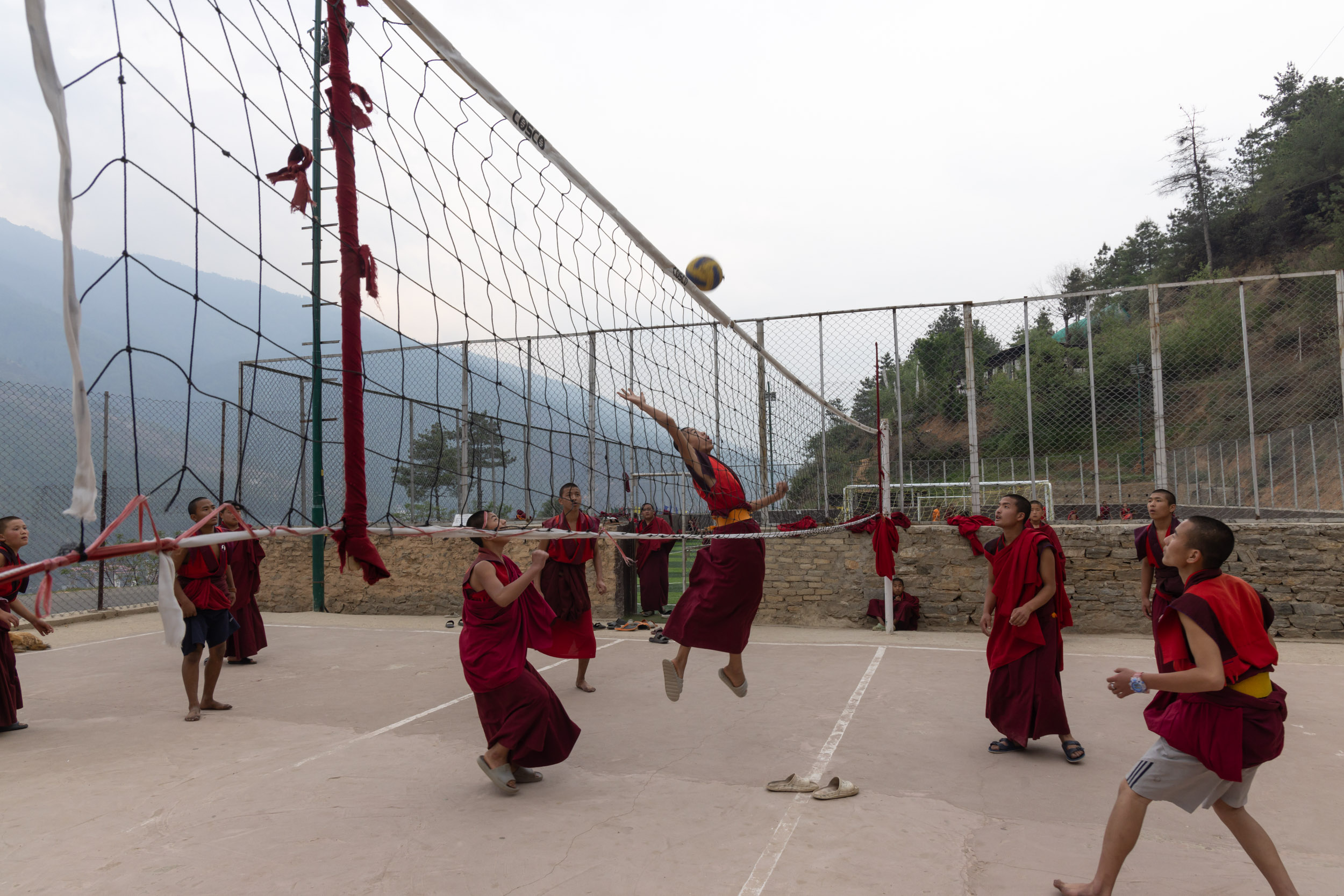
The next stage of the trip found us driving to Punakha. Nestled between mountainous valleys and punctuated by terraced fields, this small town is home to Bhutan’s second oldest dzong or fortress.
Constructed in the mid-17th century, Punakha Dzong is considered to be one of the country’s beautiful, and it has every right to that title.
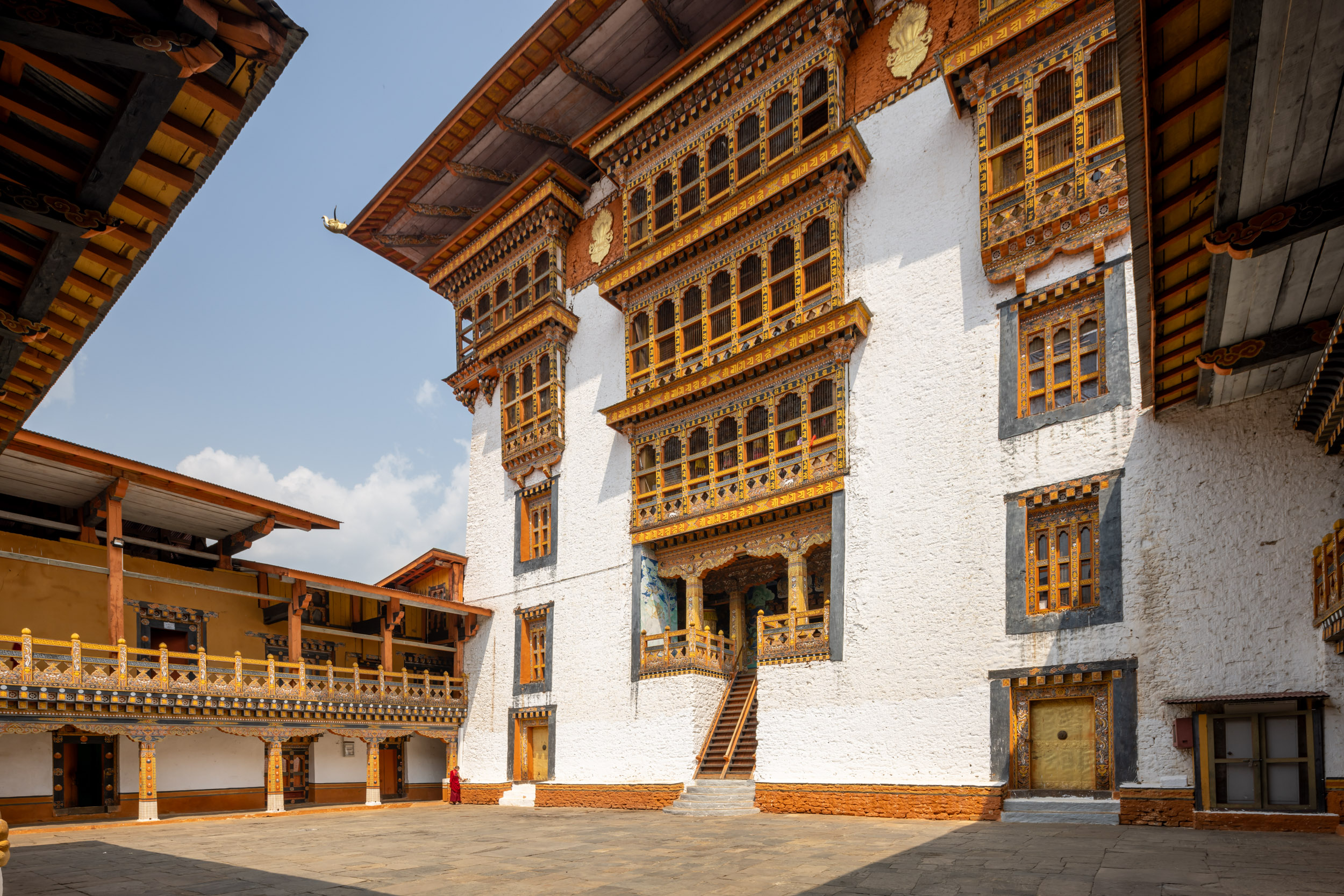
It was here that you could really see the effects of the SDF. If it were in India or Nepal, this mesmerising place would be rammed with tourists. Instead, I saw at most maybe 20 or so being taken around.
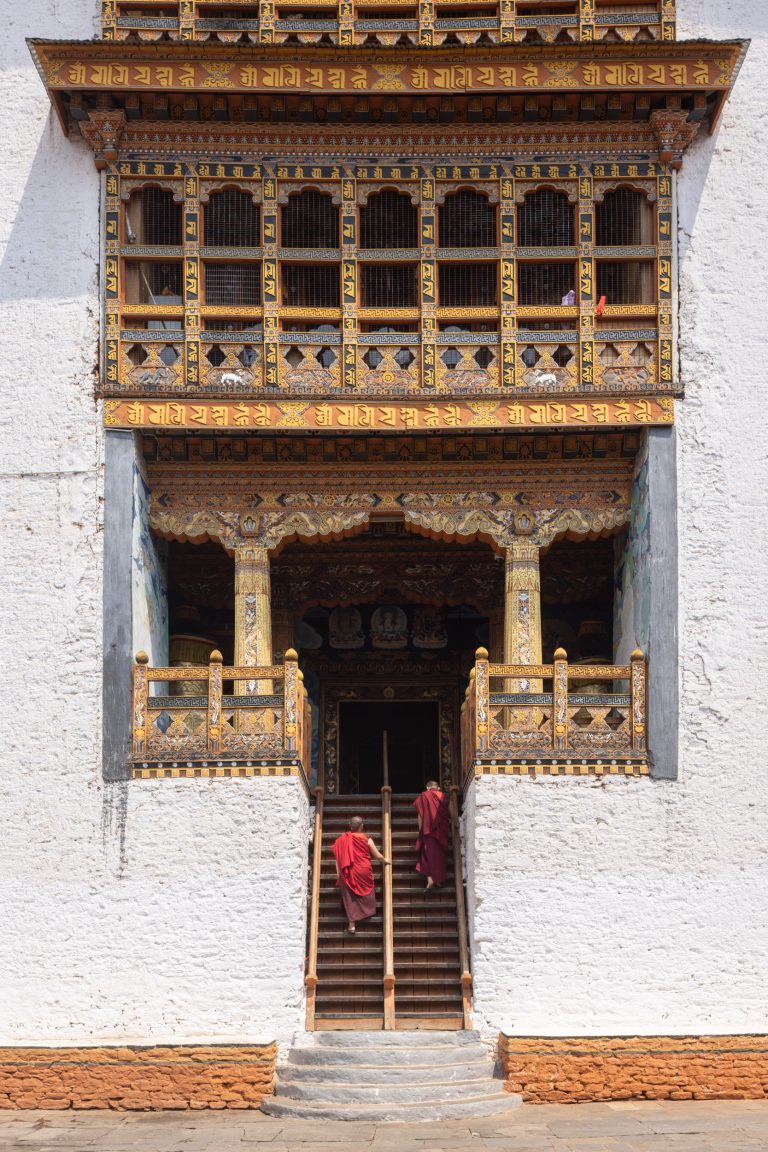
The fortresses across Bhutan act as both the administrative centre for each province but also the monastery. So, photographically speaking, they are a joy as you get both the architectural side of things, along with the Buddhism, which can make for striking images.
Although I did have some blueish skies, it didn’t take long for the haze to come back from the aforementioned forest fires. Because of this, I couldn’t get exactly what I had in my head, but what I could do was at least get some GPS data for when I go back later in the year.
An early start saw us head up to Khamsum Yulley Namgyal Chorten to hopefully see the sunrise. Sadly, we were met with the haze again, so we lucked out.
After breakfast, though, we headed up to Sangchhen Dorji Lhuendrup Lhakhang Nunnery. Thankfully, some of the haze of the early morning had lifted somewhat, and with the help of the nuns who were there, I managed to construct some images that give a sense of what it’s like to be up there.
When working with people, they must be comfortable with you photographing them. In addition, I need to ask for a model release as I’ll be using their likeness to promote my work. So the guide is invaluable to me as they will always help explain what’s needed and also, more importantly, why it is that they are signing.
Next up on the itinerary was the journey to Gangtey in central Bhutan. A drive of several hours is required, but on the way, you continue to see the stunning scenery along with, if you’re lucky, some of the wildlife that inhabits it.
Around halfway into the journey, we stopped as there was a family of grey langur monkeys swinging through the trees. The long lens was required here to get up close to them, but it was worth spending a good hour here observing them and watching their antics as they peered back at us.
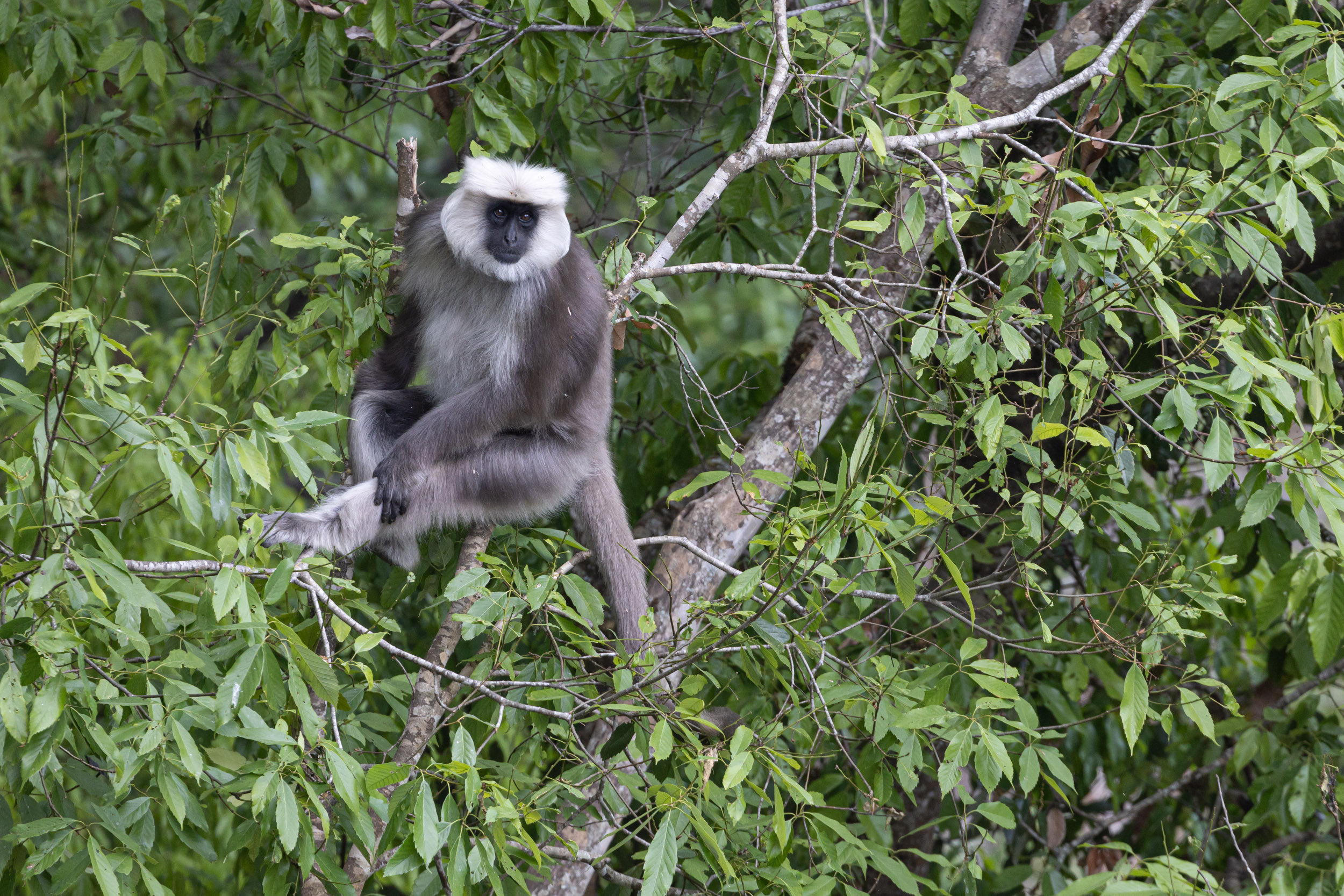
The area around Gangtey has a beautiful alpine-like valley. And by this time, it was looking as if the hazy skies were starting to clear.
Once we dropped off the luggage at the hotel, we made our way to the Buddhist college to see the monks debating.
When you first arrive, you wonder what is going on due to how it is that they debate. It almost looks like they are going to break into a fight as they debate the scriptures. This makes for striking imagery as you watch on the sidelines whilst the hands clap down above their colleague’s head.
It’s worth mentioning at this point that, unlike a number of other Buddhist countries, you are not allowed to photograph or film inside the Buddhist temples of Bhutan. There are some exceptions to this in what I believe are private Buddhist temples that aren’t governed by the state.
They did give me permission to photograph inside the Buddhist college, so here’s a glimpse of the evening prayer session that I witnessed.
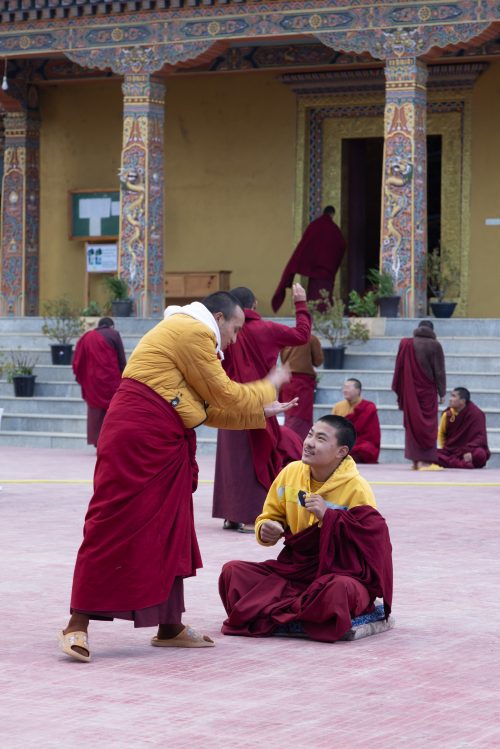
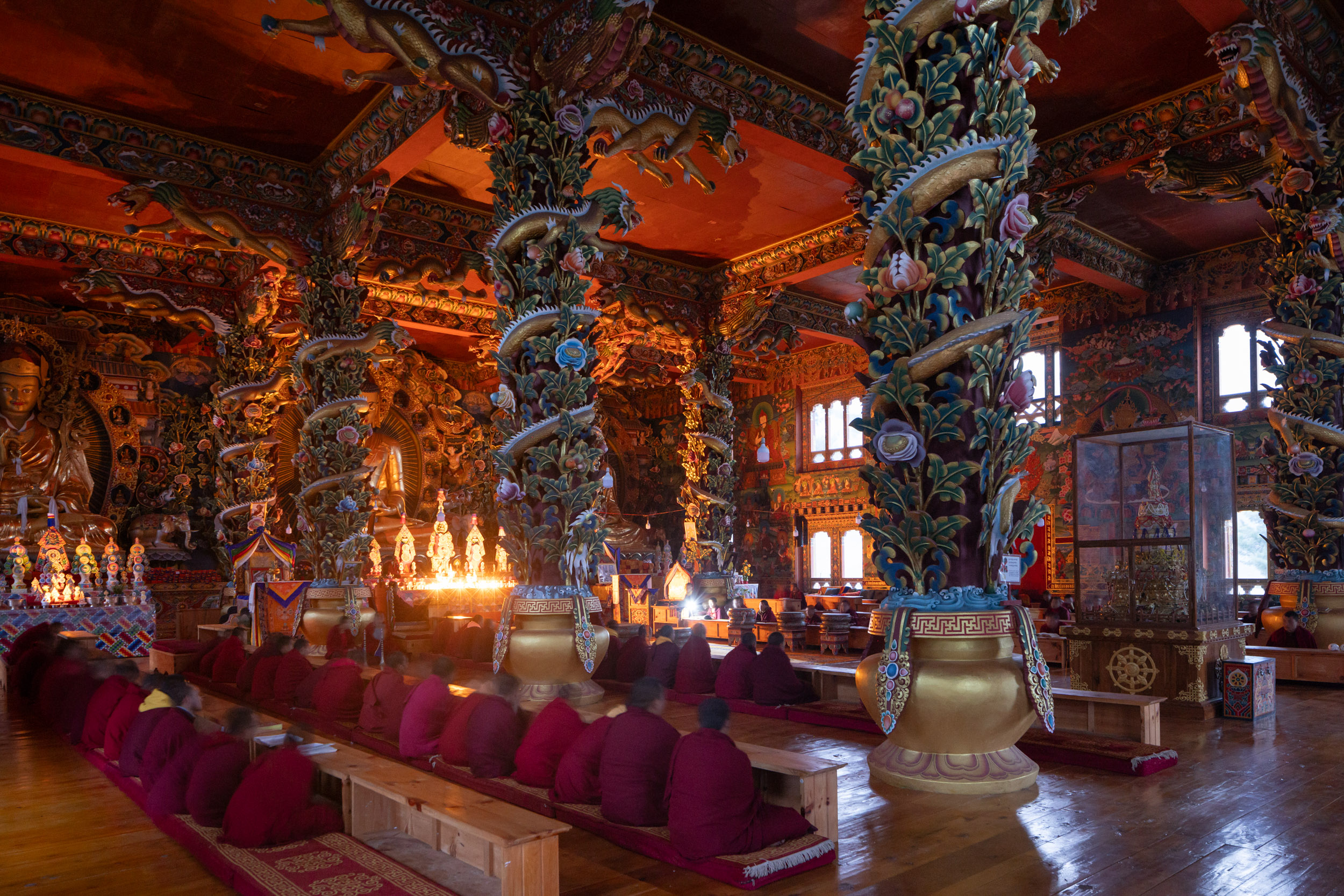
The next morning, I wanted to take some time to photograph the monks at the main monastery. Thankfully, the sky had opened up, and I could set about trying to get some decent shots of the place.
It was here that I captured one of my favourite images from the trip. A procession of monks headed into the monastery whilst the morning light raked across them.
Again, with the help of the guide, I was able to get things arranged and everyone in place so that what I had in my head turned out in the image that you see here.

With the work done in Gangtey, we drove eastwards again towards the province of Bhumtang. Our final destination was to be Jakar, which is also where you can find one of Bhutan’s regional airports.
Upon arriving at the town, rain was overhead, but as luck would have it, the sun was punching through the clouds above the fortress, which sits above the town.
The swirling cloud and streaming sunlight made for a nice, dramatic black and white image of the mountainous valleys and the ancient fortress. If you were to have seen the scene unfolding, it was almost monochromatic, so it felt natural to visualise the final image in the same way.
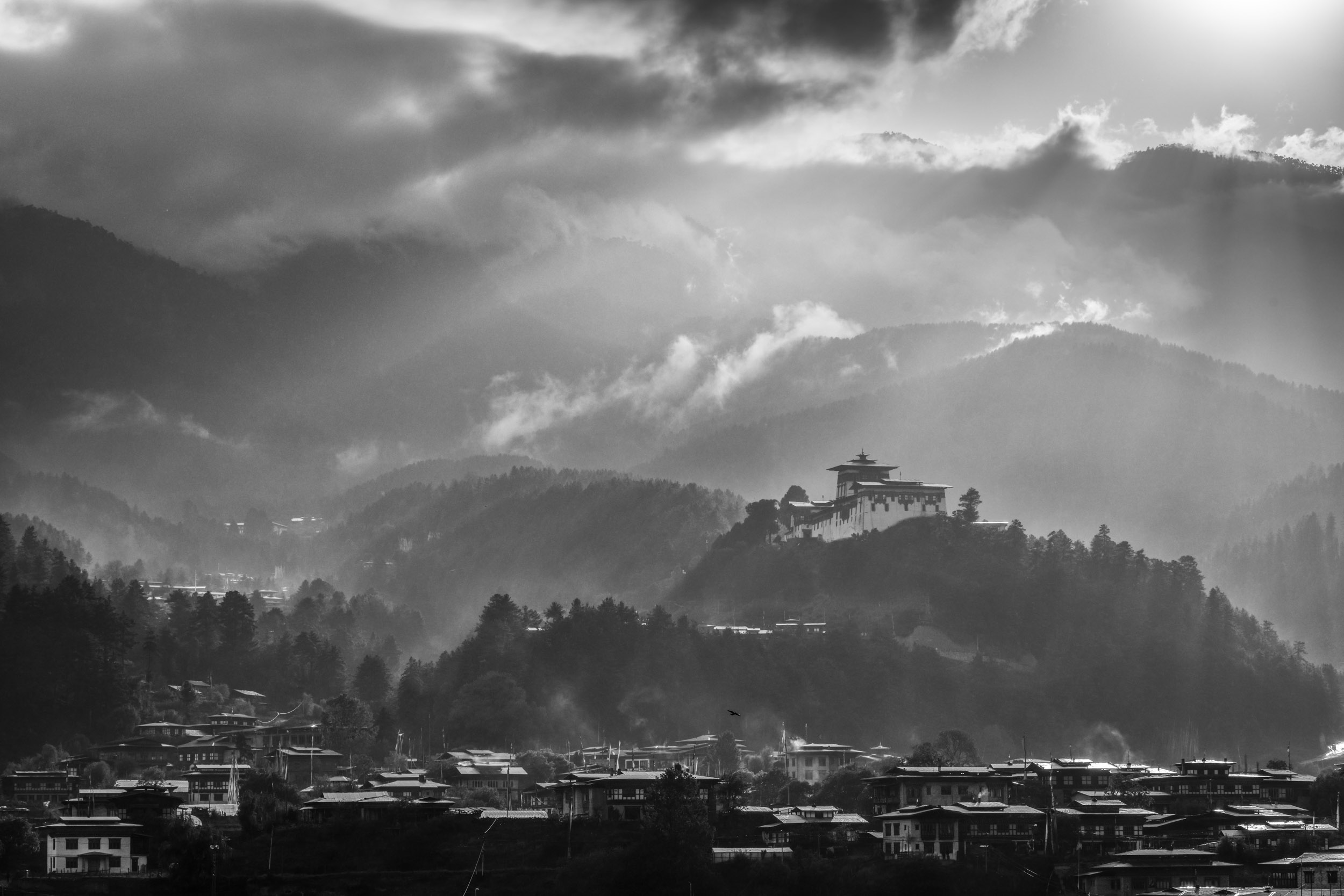
Our next day in Jakar was spent discovering the ancient Jamphel Lhakhang monastery. But it was the evening that was the most captivating as we spent a few hours up at Kharchu Dratshang monastery.
Sat across the valley from the fortress, Kharchu Dratshang monastery is a privately run place. As such, we were granted permission to film and photograph inside without restrictions.
This freedom makes things so much easier for photographers as you don’t feel any hindrances on what you can do, apart from, of course, keeping the usual respect in place for where you are.
Just after the evening call to prayer, some of the young novice monks sat on the stairs of the prayer hall. I remember taking their photo and all of them huddled around me looking on in wonder at their image.
It’s memories like this that continue to drive me onwards in my travels and it’s why I never tire of what it is that I do.
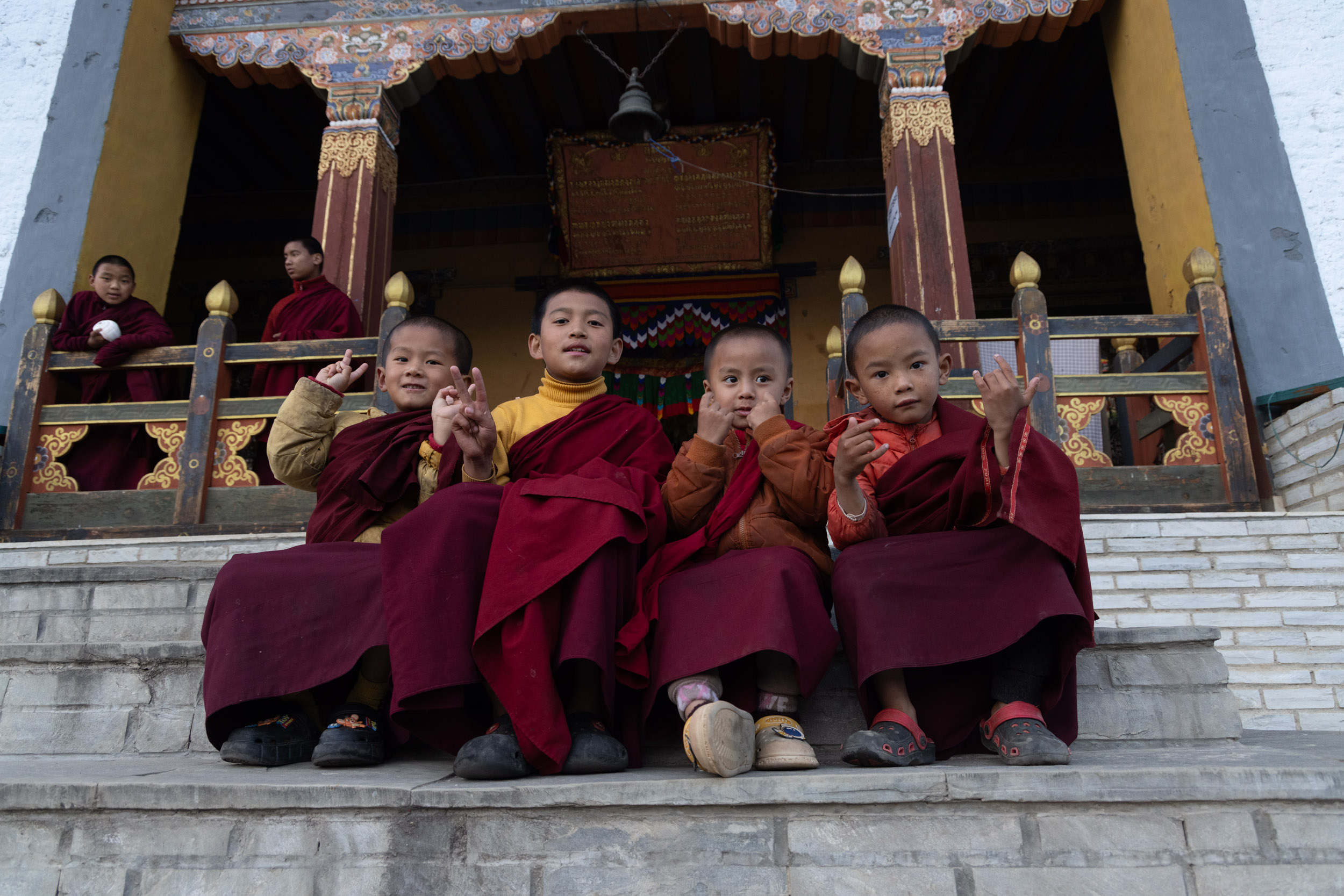
The next day, we headed back towards Paro. One night was spent at the halfway point, but there wasn’t much to write about here as we were almost in the middle of nowhere.
In Paro, I had two nights. The main reason for being in Paro is that nearby is the world-famous Tiger’s Nest. Before that, I took a wander around the city during the evening.
Wandering around one of the main streets, I happened across a shopkeeper with a colourful shopfront. Happily, he was agreeable to have his portrait taken. But with him, I elected a more unconventional approach and captured him as if he were selling out of his shop.
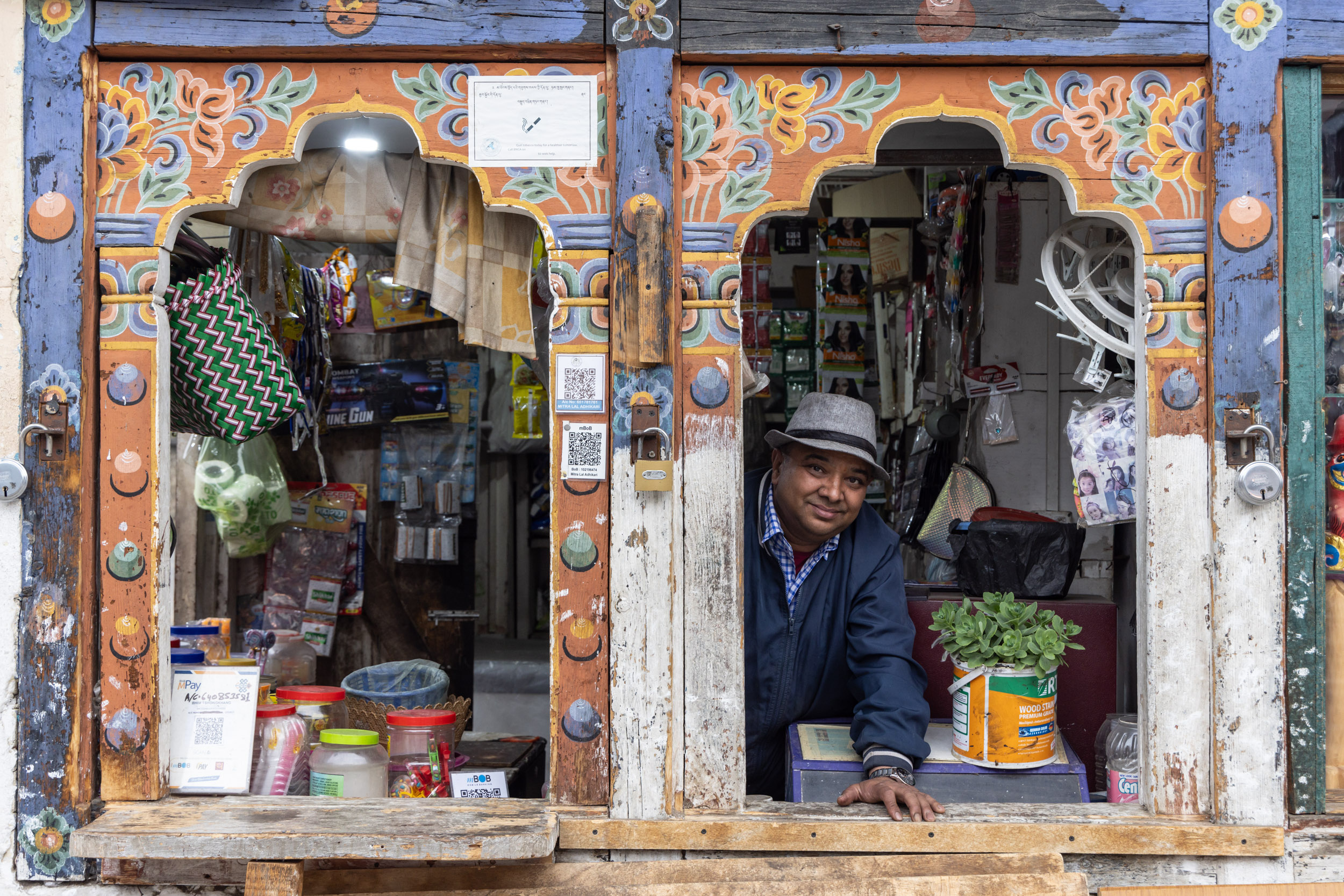
The next and final full day was the big day. This was to be the walk up to the Tiger’s Nest. A walk that takes you up to an altitude of 3000m above sea level. And more importantly, 500m above where altitude sickness can kick in.
However, this shouldn’t be an issue if you have spent your previous days travelling around Bhutan, as your body will have become acclimatised to the high altitudes.
The trek up to the monastery takes around 2 to 3 hours. It’s not as arduous as it may seem and passes by quite quickly. Halfway up is a cafe and viewpoint to the Tiger’s Nest. A welcome break from the uphill hike.
Another hour or so after this, and you’ll get to the classic viewpoint. It’s worth noting here that you can elect to pay to go into the monastery or just admire it from the outside. I did pay, but didn’t go in as I was hoping that the clouds would part and some decent light would bathe the Tiger’s Nest with the afternoon light.
Sadly, it wasn’t to be, and most of the time was spent sheltering from a rainstorm that had started to come down across the valley. So what can you do? Go back! That’s what I’ll be doing in a few months, as I have a taste of this magnificent country.

In June, I run a photography tour to Vietnam. The tour traverses the country from north to south before finishing back up in the north.
The tour covers many areas such as the famous incense village, the rice terraces up in the north and also the finishing communities in the central areas.
It is these fishing communities which I find of interest, as the craft that they practice from north to south is fascinating. The Vietnamese people catch fish in all manner of ways, and if you know where to go, then you can capture some truly wonderful images of the local people at work.
First of all, let’s take the people who repair the nets. If you hunt around, you’ll find the local people repairing a variety of nets with a variety of colours. From red to yellow to green and blue. So for travel photographers, they are a perfect way to capture stunning images of an industry that has long since ended in the West. If you catch them in the right light, then everything else just falls into place.
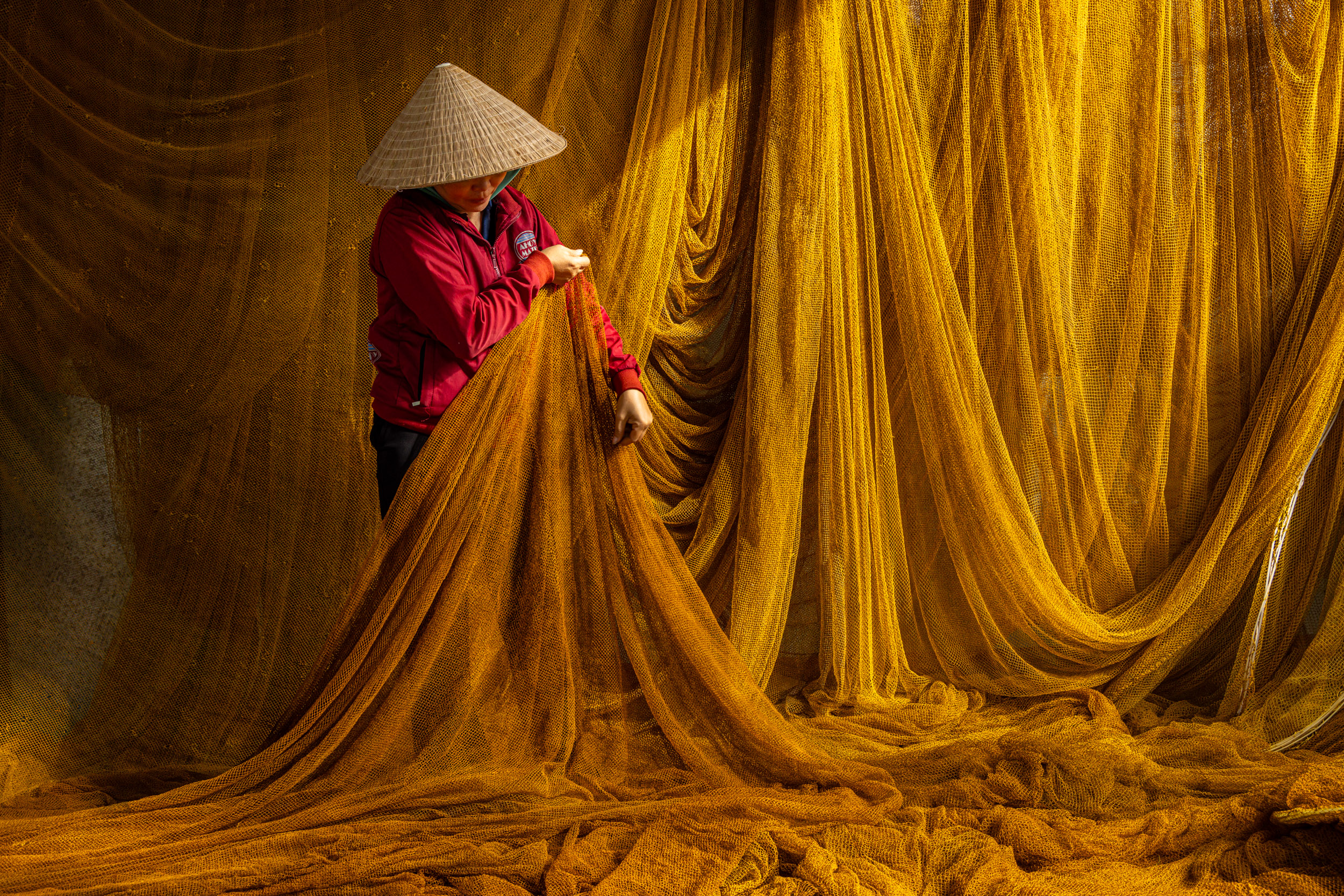
And then, of course, there are the fishermen who spend their time casting their nets.
Now, although the industry in Vietnam does have a large number of boats, there are still people out there who catch fish by net without boats. be it nets in the sea or nets in river estuaries.
The key to capturing the folks at work is to get up close and personal. The war photographer Robert Capa quite rightly said that if your images aren’t good enough, then you’re not close enough.
One of the other things is that it’s always worth returning multiple times to see if you can improve upon what you’ve done before.
This is a fisherman I’ve photographed before, but here are a couple of different angles. The first image is the camera right on the edge of his net, and the second is with a drone carefully positioned over the net, where it would be impossible for a person to go.
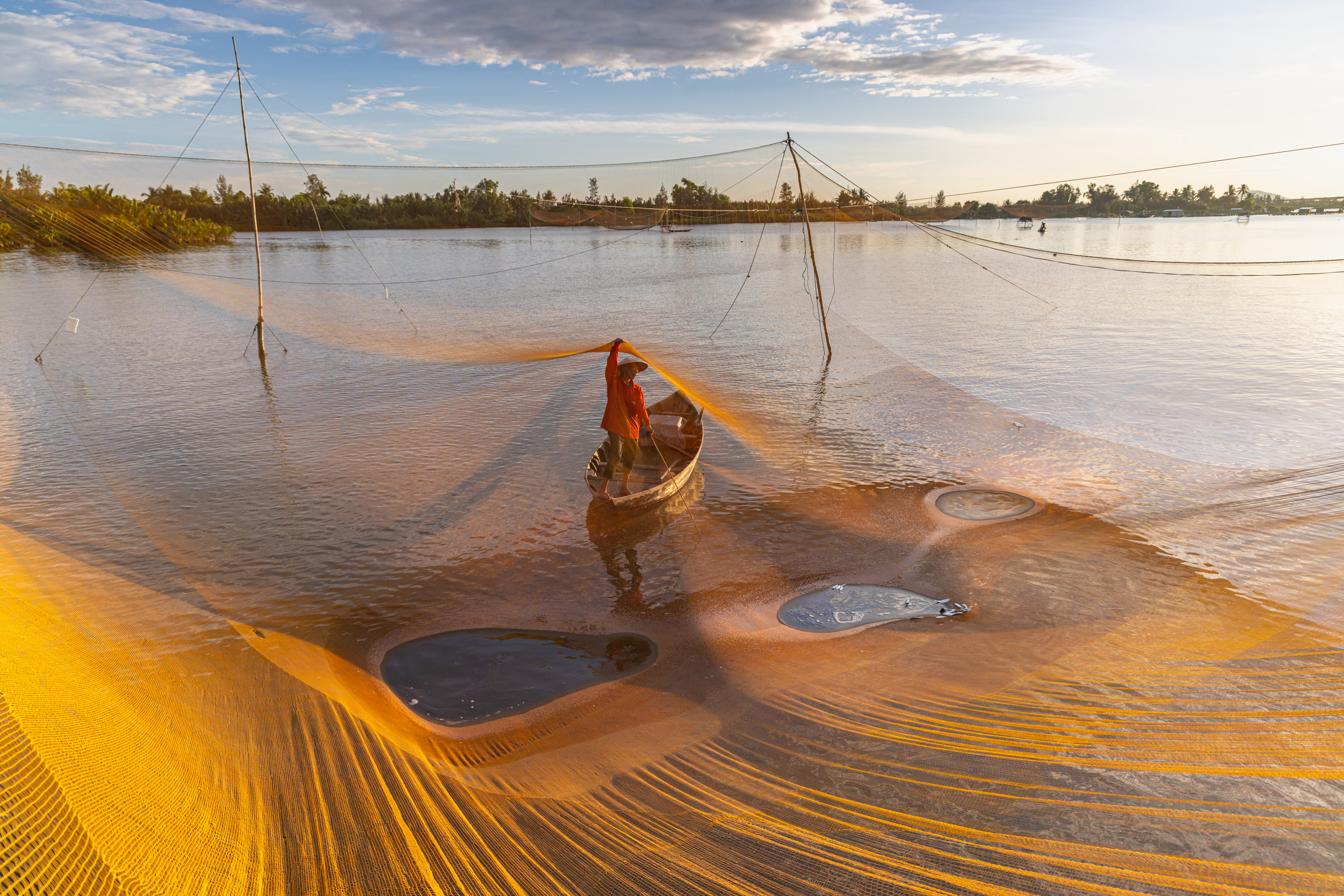
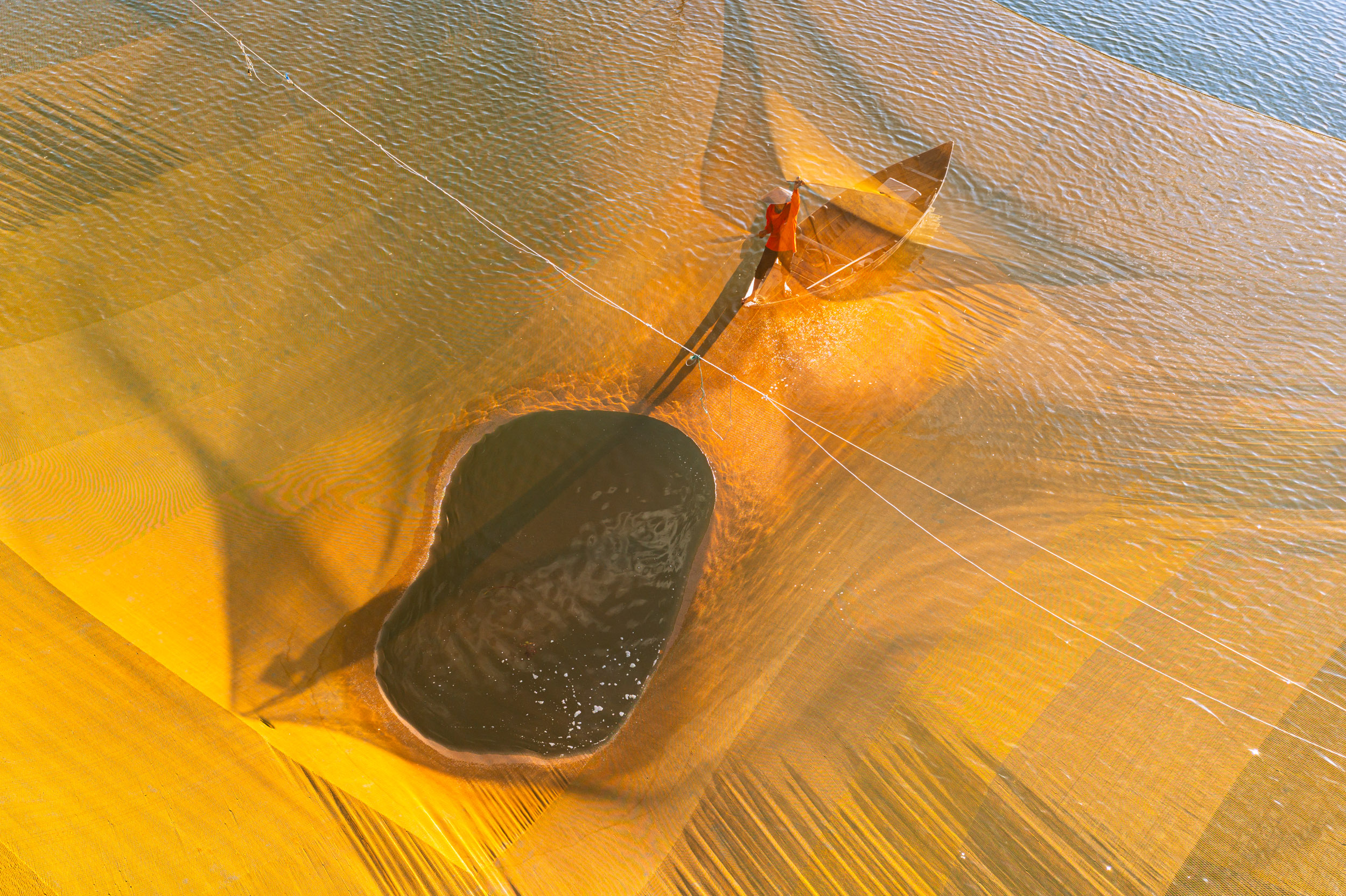
And then a completely different angle to what people would normally do with these fishermen.
I remember looking at one of the fishermen I know working away and having an idea to go in his boat whilst he was whipping the net to get the fish in there.
Having asked my guide if it was possible, it was agreed that I could hop in his boat and get a completely different angle.
Sitting in the back of the boat watching him work away is truly mesmerising. The net slips and slides all around you and creates extremely graphic shapes as it does so. A wide-angle lens helped to accentuate the movement of the net as the fisherman worked his way around the net.
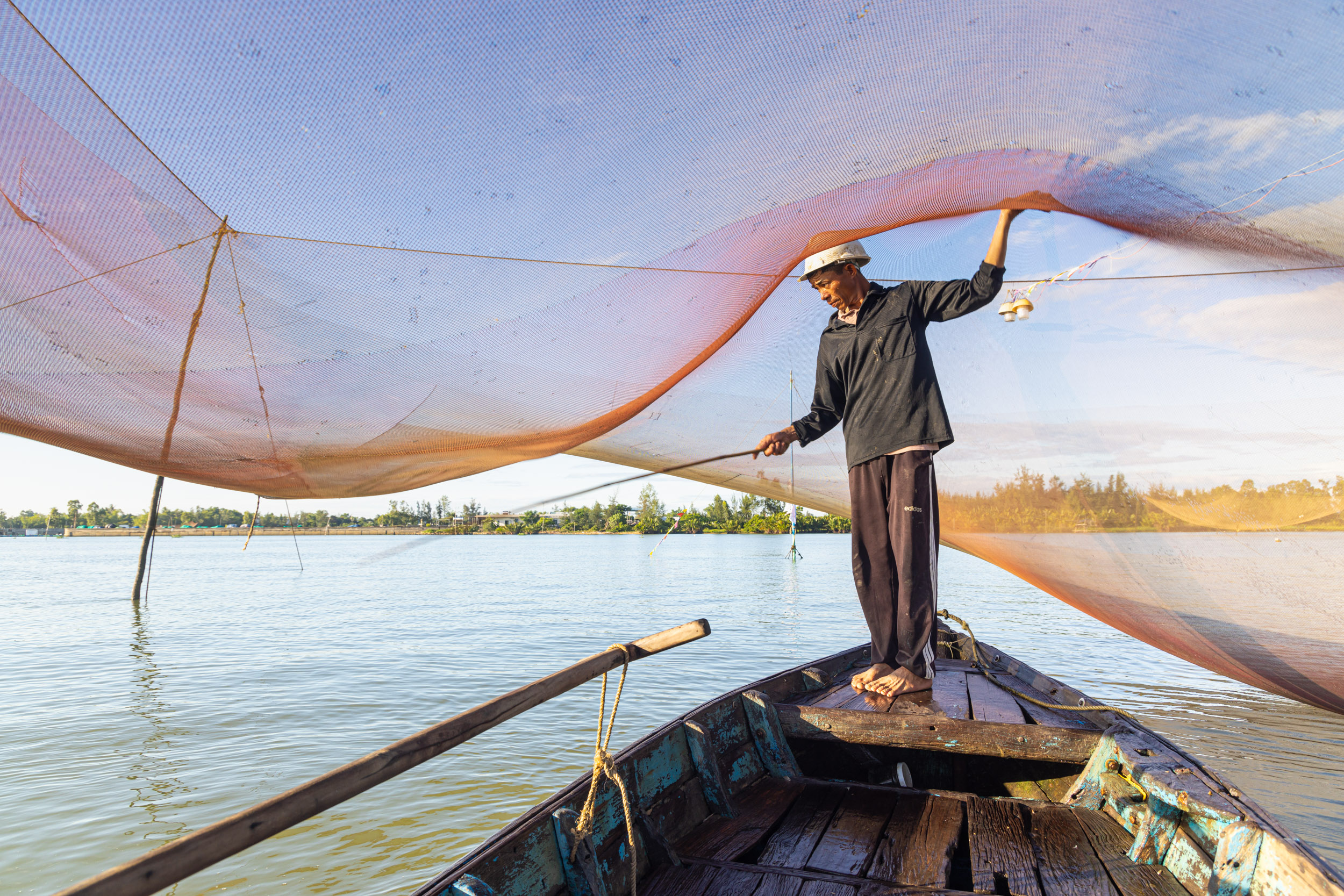
And if you’ve enjoyed reading the August 2024 newsletter and want to get it before it appears on my website, then feel free to sign up.
Don’t forget to use these links to “like” or “follow” my Facebook, YouTube and Instagram pages where I upload new images and vlogs. This is the best way to keep up to date with my latest work.